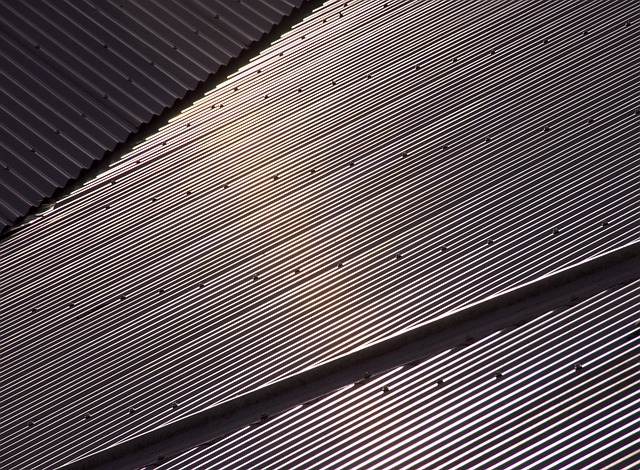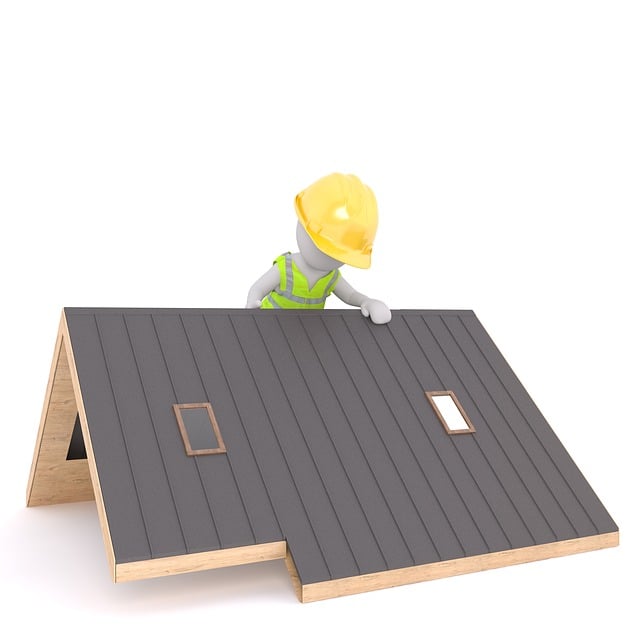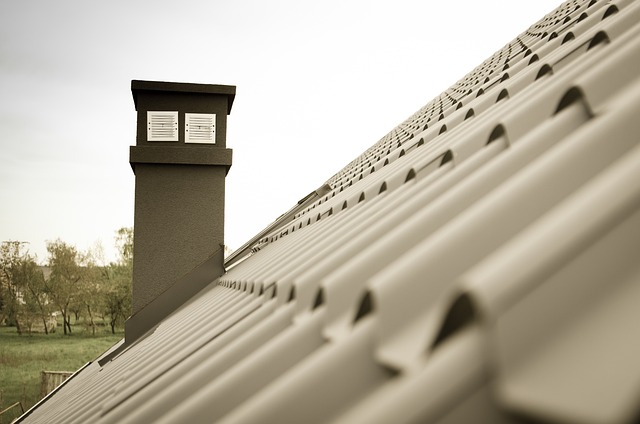High-quality roofing supplies, including durable shingles, strong underlayment, and water-resistant membranes, are vital for protecting homes from weather. Regular inspections and maintenance prevent costly repairs. Energy-efficient roofing offers cooling benefits and environmental advantages. Understanding local regulations ensures safe, compliant roof replacements.
A home’s first line of defense against the elements starts with its roof—a crucial component often overlooked until it’s too late. This article delves into the essential aspects of residential roofing, guiding homeowners through the process of understanding their roof’s protective role, choosing durable roofing supplies, and navigating weather impacts. We explore common issues, energy-efficient options, and local regulations for replacements, empowering you to make informed decisions about this vital investment.
- Understanding Your Roof's Role in Home Protection
- Choosing Durable Roofing Supplies for Longevity
- The Impact of Weather on Residential Roofing
- Common Roofing Issues and Early Detection Tips
- Energy-Efficient Roofing Options for Comfort and Savings
- Local Regulations: Navigating Permits for Residential Roof Replacements
Understanding Your Roof's Role in Home Protection

Your roof is your home’s first line of defense against the elements, playing a crucial role in protecting your property and its contents. It shields your home from damaging winds, rain, snow, and extreme temperatures, preventing water infiltration that could lead to costly structural damage and mold growth.
Quality roofing supplies and materials are essential for ensuring longevity and durability. From robust shingles to sturdy underlayment and effective flashing, each component contributes to the overall strength and weather resistance of your roof. Investing in high-quality roofing not only protects your home but also adds value to it.
Choosing Durable Roofing Supplies for Longevity

When it comes to residential roofing, investing in durable roofing supplies is paramount for longevity and reliability. Homeowners should consider materials that can withstand harsh weather conditions, such as intense sunlight, heavy rainfall, and snow accumulation. Asphalt shingles, a popular choice due to their affordability and ease of installation, offer decent durability but may not last through extreme climate events. For a more robust solution, metal roofing supplies like aluminium or steel are excellent options known for their resistance to corrosion, fire, and high winds.
Choosing materials with high-quality certifications can ensure performance over time. Additionally, proper insulation under the roof can significantly enhance energy efficiency, reducing cooling and heating costs. With regular maintenance, including cleaning gutters and checking for loose shingles, durable roofing supplies can provide peace of mind, ensuring your home remains protected for years to come.
The Impact of Weather on Residential Roofing

The weather plays a pivotal role in determining the longevity and performance of residential roofing. Extreme conditions, such as intense storms, heavy snowfall, or prolonged periods of sun exposure, can take a significant toll on roofs. These factors contribute to wear and tear, causing issues like missing shingles, cracks in the surface, or even structural damage over time.
Regular exposure to varying weather patterns requires robust roofing supplies designed to withstand such challenges. High-quality materials, including durable shingles, strong underlayments, and water-resistant membranes, are essential to protect homes from the elements. Investing in weather-resistant roofing solutions not only ensures the structural integrity of a residence but also provides peace of mind for homeowners, knowing their properties are secure against potential weather-related hazards.
Common Roofing Issues and Early Detection Tips

Roofing issues can often go unnoticed until they become serious problems, leading to costly repairs or even structural damage. Some common roofing concerns for residential properties include leaks, missing shingles, damaged flashing, and deteriorated gutters. Regular inspections are key to early detection; homeowners should be vigilant about checking their roofs, especially after extreme weather events.
Looking for signs like discolored spots on ceilings or walls, mold growth, or water stains can indicate underlying roof problems. Additionally, inspecting roofing supplies such as shingles, underlayment, and flashing for wear and tear is essential. Prompt attention to these early signs can prevent major repairs and ensure the longevity of your home’s roof.
Energy-Efficient Roofing Options for Comfort and Savings

Energy-efficient roofing options are a smart choice for homeowners looking to enhance comfort and cut down on utility bills. Modern roofing supplies offer advanced materials designed to reflect heat, reducing the amount of energy absorbed by your home’s roof. This passive cooling effect can significantly lower air conditioning costs during hot summer months. Furthermore, many energy-efficient roofs come with reflective coatings that shield against infrared radiation, ensuring a cooler interior even on the sunniest days.
These innovative roofing solutions not only provide environmental benefits but also contribute to long-term savings. By decreasing your home’s overall energy consumption, you’ll enjoy lower electricity bills and may even be eligible for government incentives or rebates related to sustainable building practices. With an array of styles and colors available, energy-efficient roofing supplies can add aesthetic appeal while promoting a greener, more sustainable living environment.
Local Regulations: Navigating Permits for Residential Roof Replacements

When planning a residential roof replacement, understanding local regulations and navigating permit requirements is essential. Each municipality has its own set of building codes and permits, designed to ensure safety and maintain neighbourhood standards. Before starting any construction or renovation work, homeowners must obtain the necessary permits. This process involves submitting detailed plans and specifications, including information about the roofing supplies and materials planned for use.
Navigating these regulations can be complex, but it’s crucial to avoid delays or penalties. Homeowners should consult their local building department or a professional contractor familiar with the area’s rules. They can provide guidance on permit applications, ensuring that all required documentation is accurately completed and submitted. By adhering to local regulations, homeowners can ensure their roof replacement projects comply with safety standards and contribute to the overall quality of their residential properties.
When it comes to protecting your home, a robust roofing system is your first line of defense against the elements. By understanding the vital role your roof plays, choosing durable roofing supplies, and staying informed about local regulations, you can ensure a secure and comfortable living space for years to come. Regular maintenance and early detection of issues are key to extending the lifespan of your roof, saving on costly repairs, and enhancing energy efficiency. Remember, investing in quality roofing is an investment in your home’s value and your family’s peace of mind.
